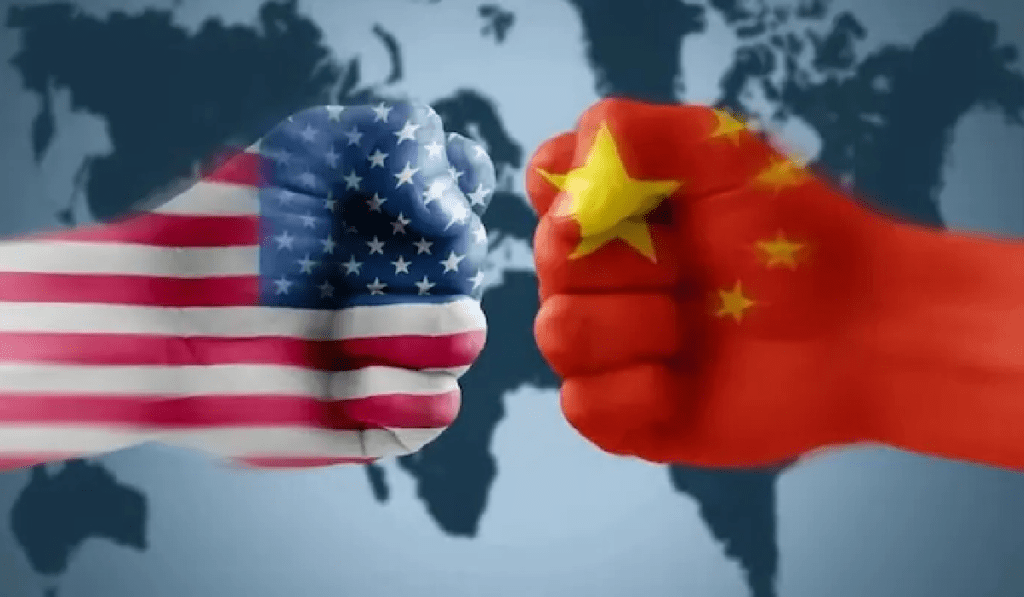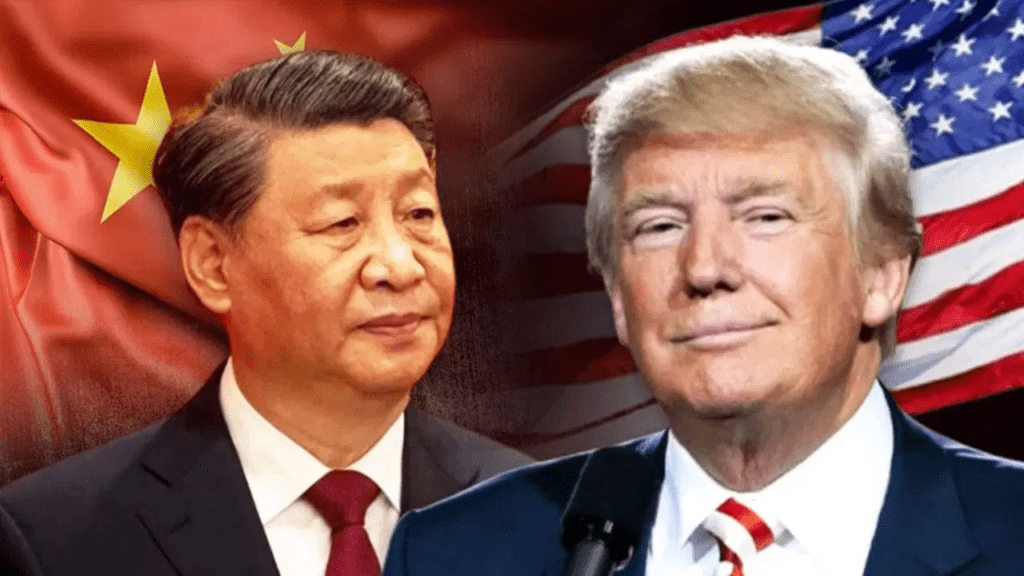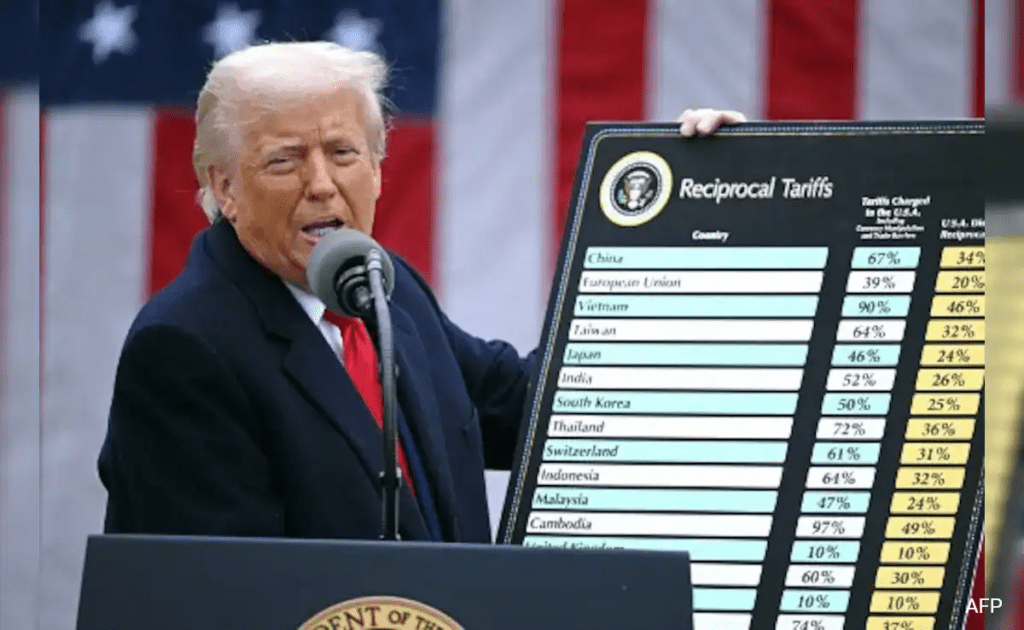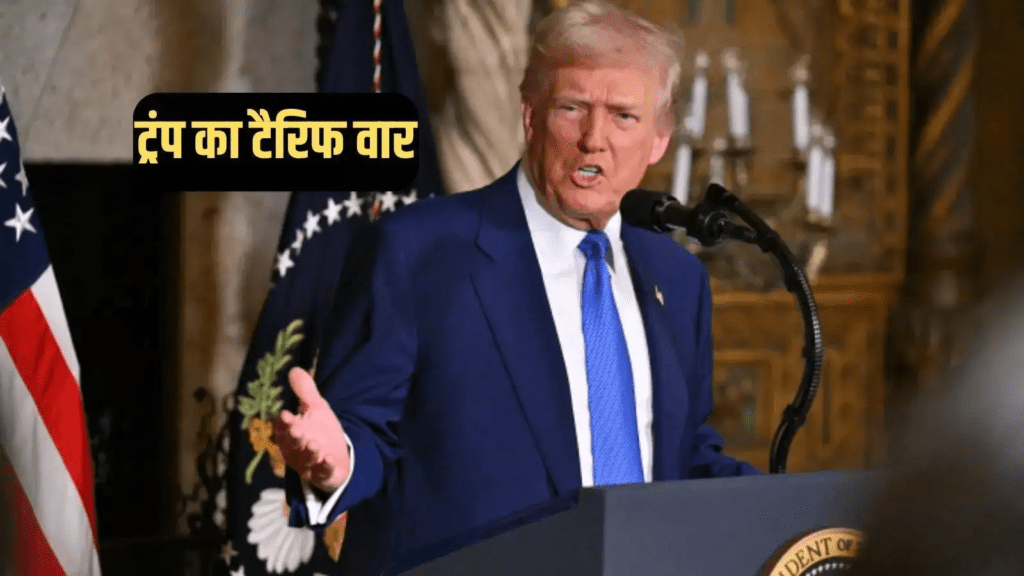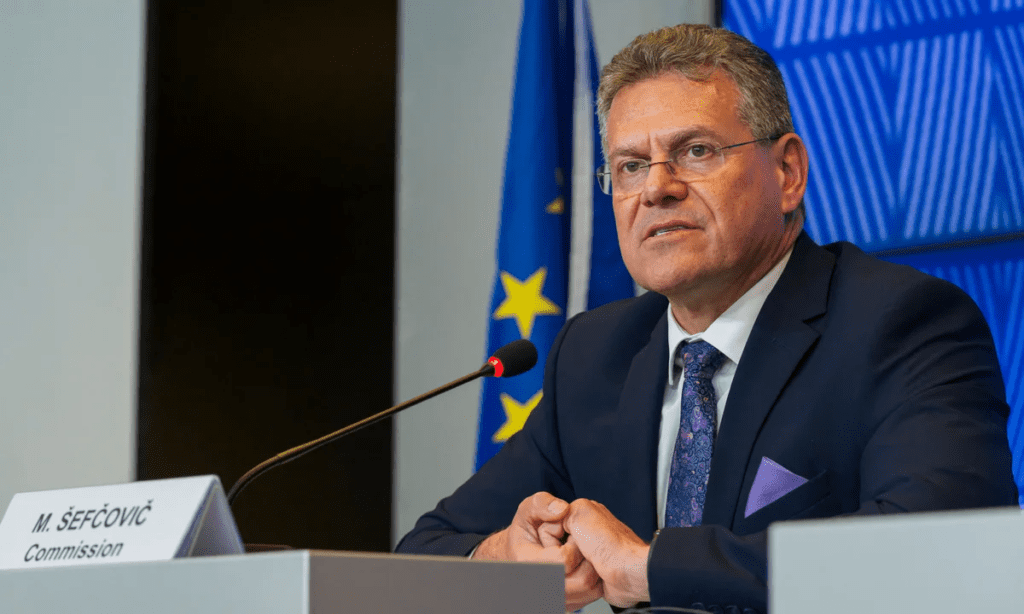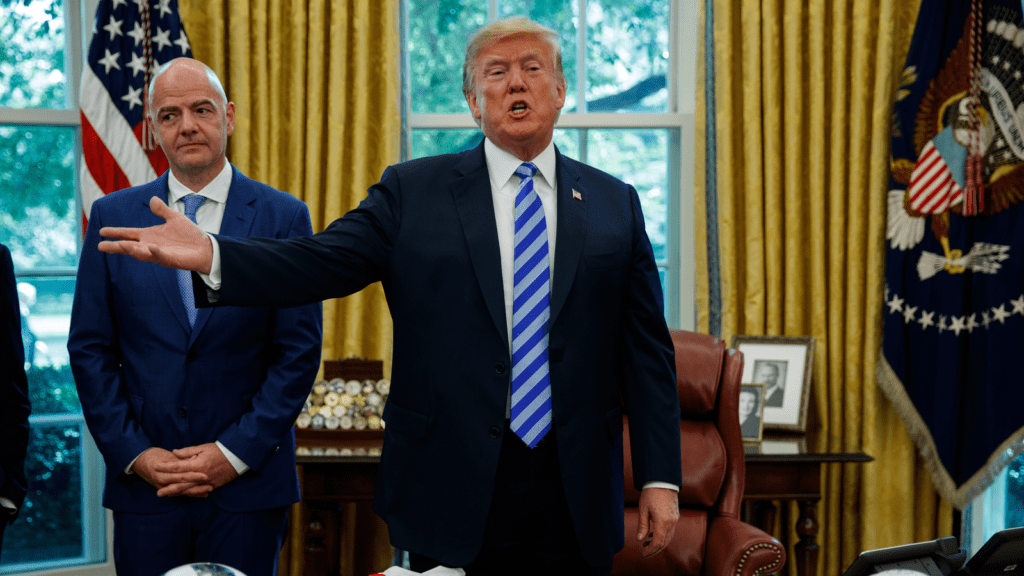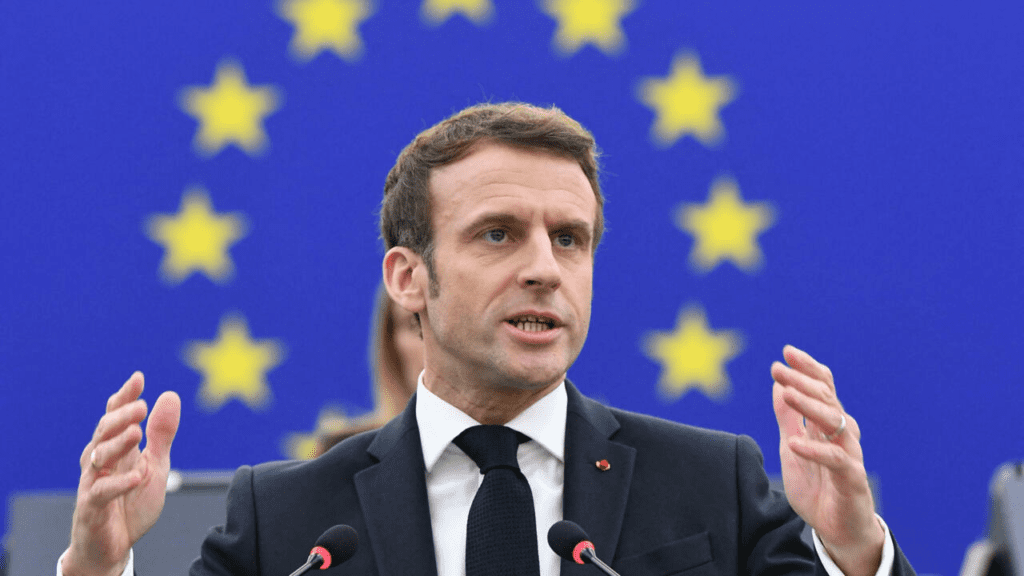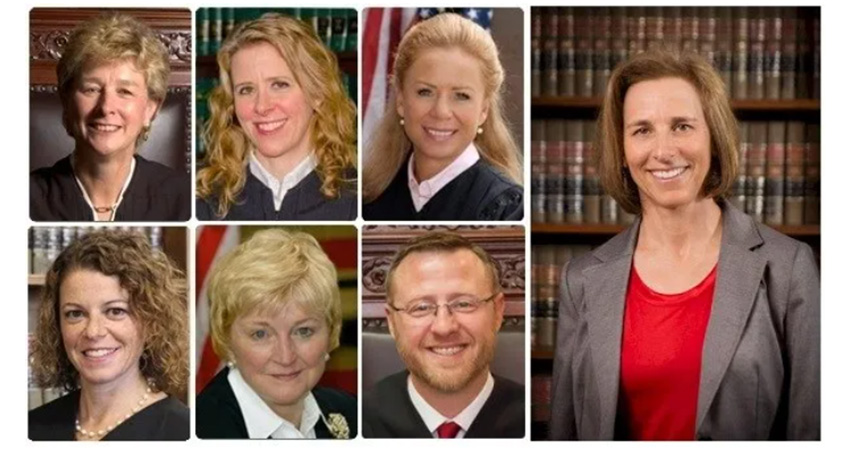Imran Khan: पाकिस्तान की जेलों में इमरान खान के साथ दुराचार

भारत | 3 मई 2025 | 5:29 P.M
पाकिस्तान, एक ऐसा देश जो अपनी स्थापना के बाद से ही राजनीतिक अस्थिरता, सैन्य हस्तक्षेप, और सामाजिक असमानता के लिए जाना जाता है, आज फिर एक गंभीर और संवेदनशील मुद्दे के कारण सुर्खियों में है। सोशल मीडिया और कुछ समाचार वेबसाइट्स पर यह दावा किया जा रहा है कि पाकिस्तान के पूर्व प्रधानमंत्री Imran Khan, जो अगस्त 2023 से रावलपिंडी की आदियाला जेल में बंद हैं, के साथ जेल में यौन शोषण हुआ है।
पाकिस्तान की जेल व्यवस्था, न्यायिक प्रक्रिया, और सामाजिक ढांचे पर गंभीर सवाल उठाती है। यह ब्लॉग पोस्ट इस कथित घटना को केंद्र में रखकर पाकिस्तान की व्यवस्था की आलोचना करता है और यह समझने की कोशिश करता है कि आखिर क्यों यह देश बार-बार ऐसी शर्मनाक स्थिति में आ जाता है।
Imran Khan: एक गिरफ्तार पूर्व पाकिस्तानी प्रधानमंत्री
इमरान खान, जो कभी विश्व कप विजेता क्रिकेटर और पाकिस्तान के 19वें प्रधानमंत्री थे, 2022 में अविश्वास प्रस्ताव के माध्यम से सत्ता से हटाए गए थे। अगस्त 2023 से Imran Khan रावलपिंडी की आदियाला जेल में बंद हैं और उन पर भ्रष्टाचार, सरकारी गोपनीयता भंग करने, और हिंसा भड़काने जैसे 150 से अधिक मामले दर्ज हैं। जनवरी 2025 में, उन्हें और उनकी पत्नी बुशरा बीबी को अल-कादिर ट्रस्ट भ्रष्टाचार मामले में 14 और 7 साल की सजा सुनाई गई।
Imran Khan की पार्टी, पाकिस्तान तहरीक-ए-इंसाफ (पीटीआई), इन मामलों को राजनीति से प्रेरित बताती है। लेकिन हाल ही में, एक Old Trafford की एक पोस्ट से यह खबर सामने आई कि इमरान खान के साथ जेल में यौन शोषण हुआ, जिसकी पुष्टि रावलपिंडी के पाक एमिरेट्स मिलिट्री हॉस्पिटल की मेडिकल रिपोर्ट से हुई। यह दावा, यदि सत्य है, तो न केवल एक व्यक्ति के मानवाधिकारों का उल्लंघन है, बल्कि पाकिस्तान की जेल व्यवस्था और सैन्य शासन की क्रूरता का प्रतीक है।
पाकिस्तान की जेल व्यवस्था: क्रूरता का गढ़
पाकिस्तान की जेलें लंबे समय से अमानवीय परिस्थितियों के लिए कुख्यात रही हैं। कैदियों के साथ दुर्व्यवहार, यातना, और यौन हिंसा की खबरें कोई नई बात नहीं हैं। संयुक्त राष्ट्र और अंतरराष्ट्रीय मानवाधिकार संगठनों ने बार-बार पाकिस्तान की जेलों में कैदियों के साथ होने वाले अत्याचारों की निंदा की है। Imran Khan जैसे उच्च-प्रोफाइल कैदी के साथ कथित यौन शोषण का मामला, यदि सत्य है, तो यह दर्शाता है कि पाकिस्तान में कोई भी कानून के शासन से ऊपर नहीं है। यहाँ तक कि एक पूर्व प्रधानमंत्री भी सैन्य और सरकारी ताकतों के सामने असहाय है।
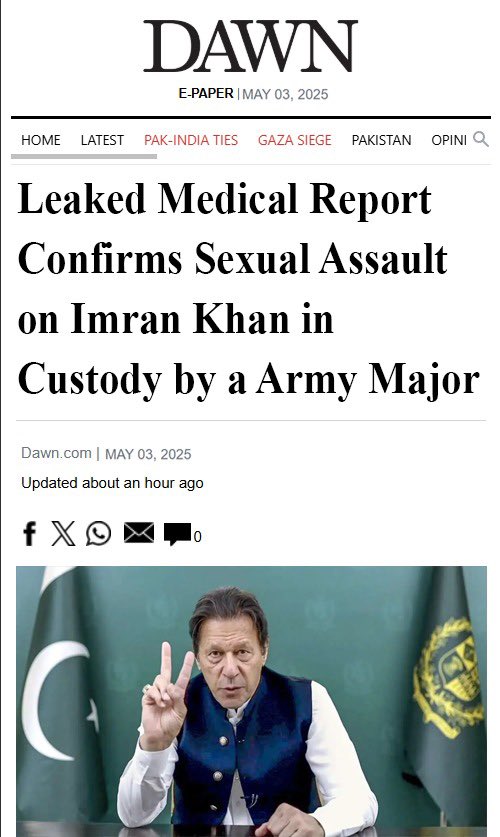

पाकिस्तान की जेल व्यवस्था में सुधार की कमी और कैदियों के प्रति अमानवीय व्यवहार इस देश के सामाजिक और नैतिक पतन को दर्शाता है। जहाँ एक ओर सरकार और सेना “इस्लामिक मूल्यों” की बात करती है, वहीं दूसरी ओर जेलों में होने वाले अत्याचार इस दावे को खोखला साबित करते हैं। क्या यह वही “रियासत-ए-मदीना” है जिसका सपना इमरान खान ने दिखाया था?
सैन्य शासन और राजनीतिक प्रतिशोध
पाकिस्तान में सेना का राजनीतिक मामलों में हस्तक्षेप कोई नई बात नहीं है। 1947 में देश की स्थापना के बाद से, सेना ने लगभग तीन दशक तक सीधे शासन किया है। Imran Khan, जो कभी सेना के समर्थन से सत्ता में आए थे, अब उसी सेना के निशाने पर हैं। यह स्पष्ट है कि Imran Khan की गिरफ्तारी और उन पर लगाए गए मामले न केवल कानूनी प्रक्रिया का हिस्सा हैं, बल्कि राजनीतिक प्रतिशोध का भी। सेना और सरकार का यह रवैया दर्शाता है कि पाकिस्तान में लोकतंत्र केवल एक दिखावा है।
यौन शोषण की खबर, यदि सत्य है, तो यह सेना की क्रूरता और अनियंत्रित शक्ति का एक और उदाहरण है। यह न केवल इमरान खान को ठेस पहुँचाने की कोशिश है, बल्कि उनकी पार्टी और समर्थकों को डराने का प्रयास भी। यह पाकिस्तान के उस समाज को दर्शाता है जहाँ शक्ति और क्रूरता नैतिकता और कानून से ऊपर हैं।
सामाजिक और नैतिक पतन
पाकिस्तान में यौन हिंसा कोई नया मुद्दा नहीं है। आधिकारिक आँकड़ों के अनुसार, देश में हर दिन औसतन 11 बलात्कार के मामले दर्ज होते हैं, और पिछले छह वर्षों में 22,000 से अधिक मामले सामने आए हैं, जिनमें से केवल 0.3% मामलों में दोषियों को सजा मिली। यह आँकड़ा दर्शाता है कि पाकिस्तान में यौन हिंसा के खिलाफ कानूनी और सामाजिक व्यवस्था कितनी कमजोर है।

Imran Khan के साथ यौन शोषण का मामला, यदि सत्य है, तो यह केवल एक व्यक्ति की कहानी नहीं, बल्कि पूरे समाज की नैतिक विफलता का प्रतीक है। एक ऐसा समाज जो अपनी महिलाओं, अल्पसंख्यकों, और यहाँ तक कि पूर्व प्रधानमंत्री के साथ क्रूरता करता है, वह निश्चित रूप से नैतिक और सामाजिक पतन के कगार पर है।
अंतरराष्ट्रीय समुदाय की चुप्पी
Imran Khan मामले में अंतरराष्ट्रीय समुदाय की चुप्पी भी चिंताजनक है। संयुक्त राष्ट्र, यूरोपीय संघ, और अमेरिका जैसे देशों ने पाकिस्तान में मानवाधिकार उल्लंघन पर समय-समय पर चिंता जताई है, लेकिन ठोस कार्रवाई की कमी निराशाजनक है। यह दोहरा मापदंड दर्शाता है कि जब बात पाकिस्तान जैसे रणनीतिक रूप से महत्वपूर्ण देश की आती है, तो मानवाधिकार गौण हो जाते हैं।
निष्कर्ष: पाकिस्तान के लिए एक चेतावनी
Imran Khan के साथ कथित यौन शोषण का मामला, पाकिस्तान के लिए एक चेतावनी है। यह देश की जेल व्यवस्था, सैन्य शासन, और सामाजिक ढांचे की खामियों को उजागर करता है। यदि पाकिस्तान को एक सभ्य और लोकतांत्रिक राष्ट्र बनना है, तो उसे अपनी जेलों में सुधार, सेना के राजनीतिक हस्तक्षेप को समाप्त करना, और यौन हिंसा के खिलाफ कठोर कानूनी कदम उठाने होंगे।
यह मामला न केवल इमरान खान की व्यक्तिगत त्रासदी है, बल्कि पूरे पाकिस्तानी समाज के लिए एक दर्पण है। क्या पाकिस्तान इस शर्मनाक तस्वीर को बदल पाएगा, या यह और गहरे अंधेरे में डूब जाएगा? यह सवाल हर पाकिस्तानी नागरिक और अंतरराष्ट्रीय समुदाय के सामने है।
ALSO READ:
Retro Box Office Collection Day 1: सूर्या के करियर का दूसरा सबसे बड़ा ओपनिंग, 2025 की कई तमिल फिल्मों को छोड़ा पीछे!










